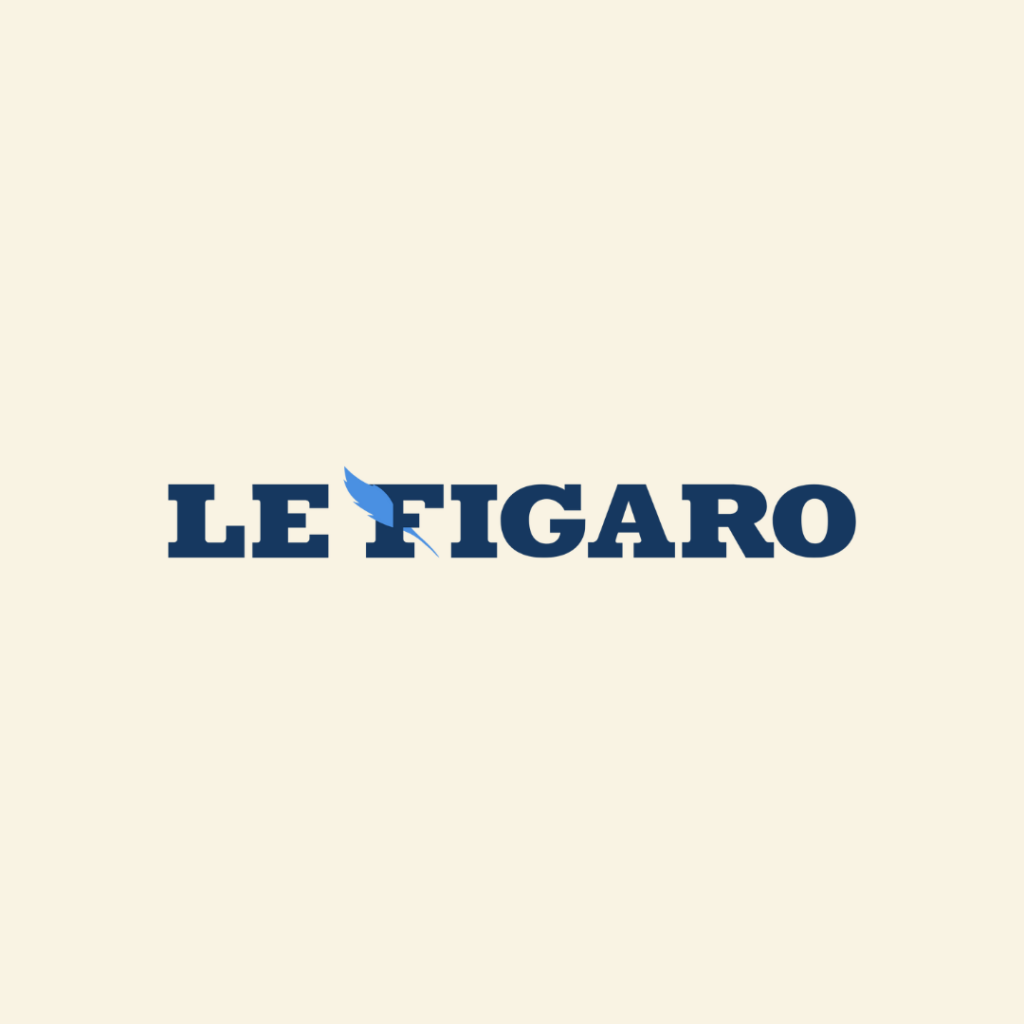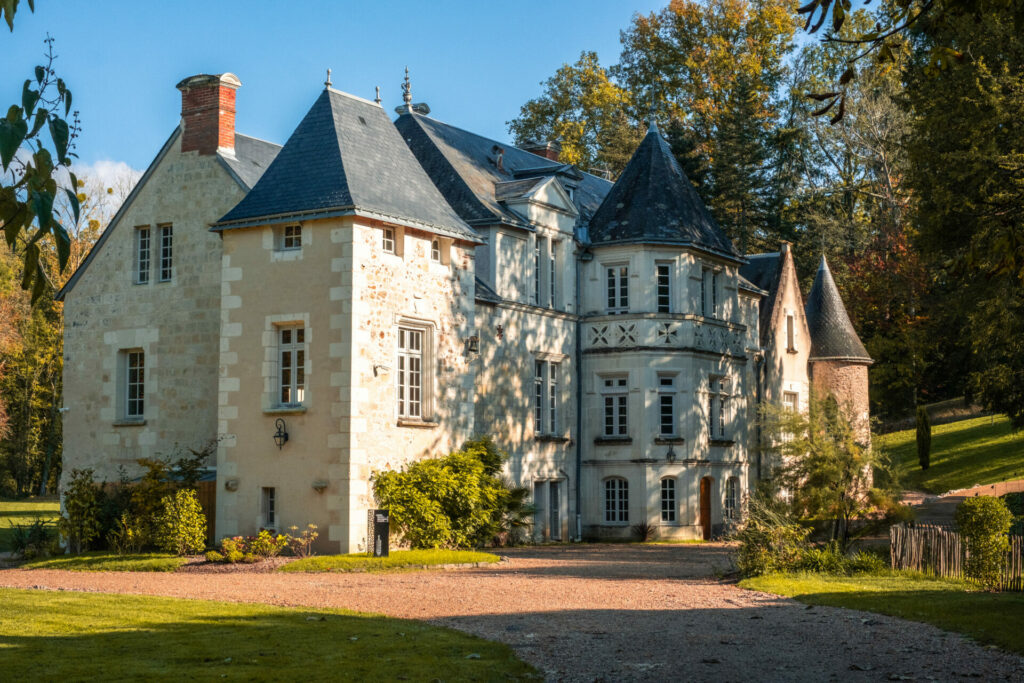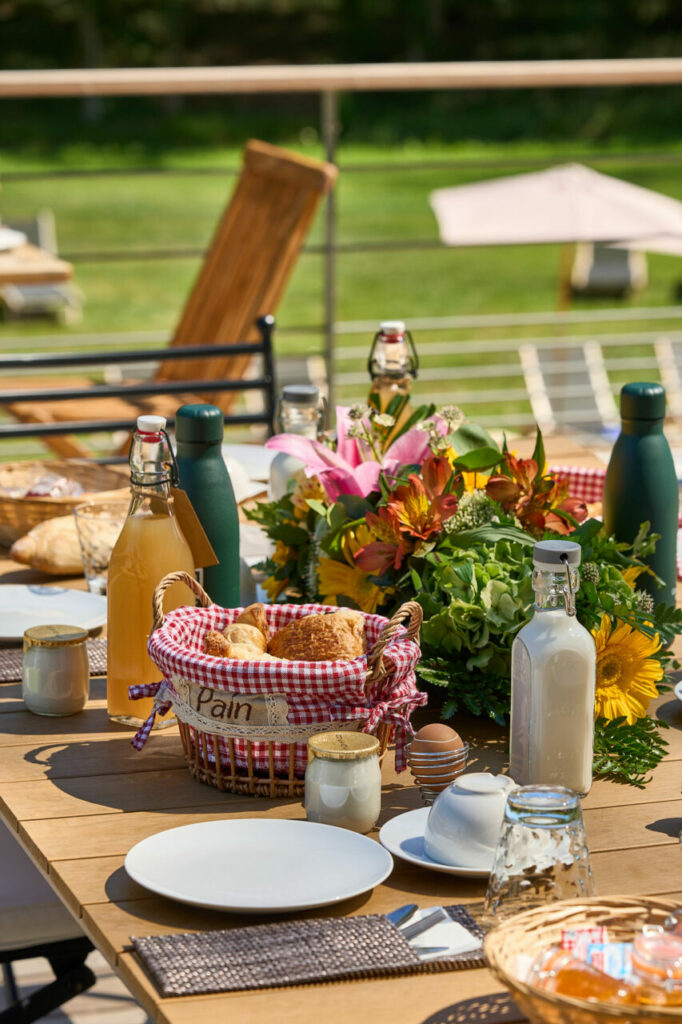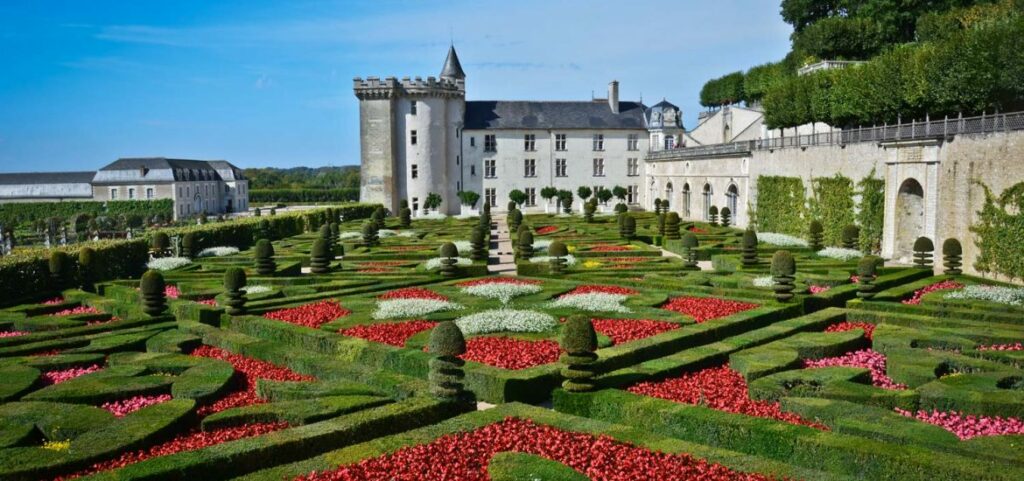Weekend in Tours: Tours is the capital of the Loire Valley and known as the “white and blue” city thanks to its limestone buildings with blue slate roofs. Although it enjoys a rich architectural heritage that puts the Renaissance in the spotlight, Tours is
also a city offering a variety of modern activities, leisure destinations and places to walk…just a 15-minute drive from the Domaine de la Commanderie de Ballan or a 30-minute cycle using the Loire à Vélo route.
#1 Explore the historic centre of Tours
What should you do in Tours? First, explore the stunning charms of the medieval city. With its cobbled alleyways and half-timbered houses, Vieux Tours (the old town) is somewhere you absolutely must visit. This area’s heritage is well-preserved.
On Rue Briçonnet, you can visit the home of Tristan l’Hermite, Grand Chamberlain to Louis XI. This red-brick and white-stone dwelling inspired French writer Honoré de Balzac for his depiction of Balthazar Claës’ home in “The Quest of the Absolute”.
You’ll also want to visit the gorgeous Basilica of Saint-Martin whose dome, decoration and stained-glass windows become even more impressive when the sun shines.
#2 Visit Saint-Gatien Cathedral

Saint-Gatien Cathedral in the old town is easy to spot with its two 70-metre towers. Built between the 13th and 16th centuries, this religious building was one of the West’s most famous places of pilgrimage.
The cathedral is constructed on the site of Gallo-Roman ruins and cleverly combines Gothic art with Renaissance style, boasting a flamboyant and finely crafted facade. Inside, light streams into the building through splendid stained-glass windows. The cathedral also has an imposing rose window and an organ with around 4000 pipes.
#3 Have a drink in Place Plumereau
When you visit Tours, you will inevitably come across Place Plumereau, or “Place Plume” as the locals call it. This square is surrounded by half-timbered buildings dating from the 15th century. In the past, most of the city’s craftspeople and traders lived in the square and until the 19th century, locals met here for markets and chats.
Today, the square has become THE place to have a convivial time over a drink, eat at a restaurant or just meet up. It’s always busy and has large terraces perfect for summer evenings.

#4 Stroll around Tours Botanic Garden
Created in 1843 to the west of the city on former marshland, this beautiful garden is the ideal place for a relaxing and revitalising walk among the plants.
The garden is divided into three areas. First, you have the evolution garden, a scientific space showing how plants have evolved through the ages. The plant species are arranged around a pond and provide a golden opportunity to understand more about the past.

Second, you have the perennial plant garden, which is all around the evolution garden. The former contains herbaceous perennials, flowering shrubs and bulb plants, reflecting the diversity of perennials. Peonies flourish in this space.
Third, you have the medicinal plant garden. This former vegetable garden was installed in 1985 and is home to plants prized for their therapeutic benefits (digestive and sedating species), as well as toxic varieties.
The Botanic Garden also boasts tropical greenhouses containing exotic species from all over the world.
These include many creatures, such as wallabies, emus, parrots, parakeets and farm animals.
#5 Spend time by the Loire River
The banks of France’s longest river are ready for you to explore on foot or by bike using the paths marked by the local authority.
You can leave Tours city centre and reach the other bank via the “Pont du Fil” suspension bridge. The views of the river from Aucard Island can only be enjoyed by pedestrians and cyclists.
On the other side of the river, a second path nearer the water opens up. Go along it to Pont Wilson bridge and revel in the peaceful ambiance.
Then head to Simon Island, home to Honoré de Balzac Park. The island was inhabited until 1960, but is now open to all city residents.
#6 Do some daydreaming in Honoré de Balzac Park
This green haven loved by Tours residents covers nearly 60 acres. Magnolias, plane trees and horse chestnuts flourish in this space also home to a variety of animals, including llamas and black sheep.
Sports equipment and playgrounds have been installed for children too. The adventurous will enjoy tackling the BMX track and rope pyramid.
A little further away, an artificial river is the cherry on top for the park. This plays a key environmental role as it helps fish migrate to the Cher River. Canoers and kayakers also come here to paddle together.
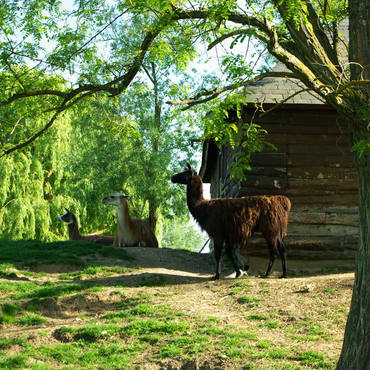
#7 Savour local food
Tours is a UNESCO City of Gastronomy boasting impressive culinary know-how. To experience it for yourself, head to Les Halles indoor marketplace, which sells the best local produce.
Rillettes
This is one of the most famous Tours dishes. Made from an age-old recipe passed down the generations, rillettes is a kind of meat spread containing pieces of pork mashed with a fork. Honoré de Balzac praised rillettes to such a degree in his writing that he can be held responsible for the dish’s great reputation!
Cormery macaroons
Forget Paris macarons and try Tours macaroons made of ground almonds, egg white and sugar. These were first produced by a skilled abbot at the Cormery monastery founded by the Saint Martin of Tours abbey in the late 8th century. The recipe is kept secret by the local pâtissiers.
Sainte-Maure de Touraine
People enjoy this log-shaped goat’s cheese with a chunk of bread and a glass of red wine. It has a rye straw running through it for strength.
#8 Try top-quality Vouvray wine

The Loire Valley is France’s leading wine tourism region. Full of exceptional vintages, it boasts a wine route that’s almost 500 miles long and takes you to the best vineyards.
Around one corner you find a beautifully rounded Chinon, and around the next, a spellbinding Saint-Nicolas-de-Bourgueil. And, of course, there is the delicious sparkling Vouvray.
Vouvray dates back to the year 372, when Saint Martin planted the first grapevines on the land with the same name. The region’s half-oceanic, half-continental climate produces dry, semi-dry and sparkling wines with subtle floral and spicy notes.
Vouvray is made in Touraine and stored at the perfect temperature and humidity in local caves.
#9 Villandry Château and Gardens
This site was a medieval stronghold set up in the year 1000. It was then added to by two leading figures: Jean Breton in the mid-16th century, and Joachim Carvallo in the early 20th century.
Fascinated by Renaissance style, in 1532 Royal Secretary Jean Breton decided to buy the “châtellenie de Colombiers” (the château was officially renamed “Villandry” in 1639) and transform it in the Italian style. While the medieval château had two wings, Jean Breton made it symmetrical by adding a third. The Italian Renaissance style was also enhanced with arcade galleries, mullioned windows surrounded by pilasters and steep slate roofs.
In the early 20th century, Joachim Carvallo and his wife Ann Coleman bought Villandry, renovated the external facades and furnished it in a rich and artistic style. The couple also planted six extraordinary gardens covering 15 acres. These included a water garden with ponds and fountains, an ornamental garden with complex box topiary designs and different flowers depending on the season, and a huge vegetable garden.

#10 Musée du Compagnonnage
Set in the former Saint-Julien de Tours abbey, the Musée du Compagnonnage brings together a variety of delightful trades.
The trade guild community seems to have been created in the Middle Ages, allowing novices to train in a trade through a range of approaches: school teaching, educational trips and initiation rites. In Tours, these activities have always been important.
The Musée de Compagnonnage is home to collective masterpieces dating from the 19th century to the present, canes and gourds (compagnon symbols), historical displays, and works by compagnons from all over France. It also has a library of over 2000 books on compagnonnage and its techniques.







